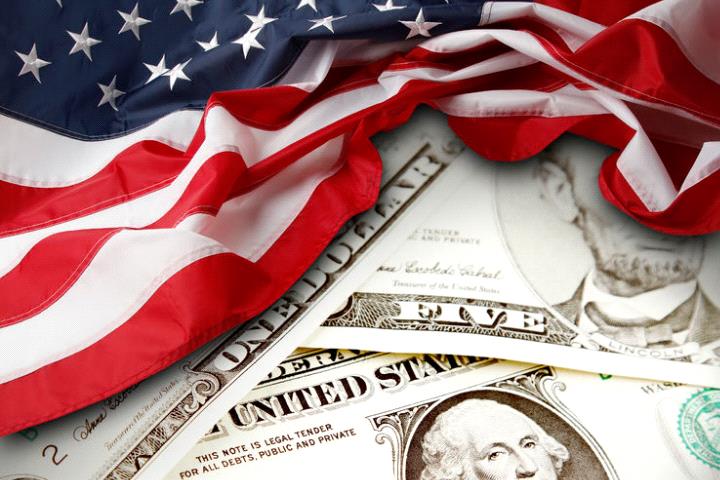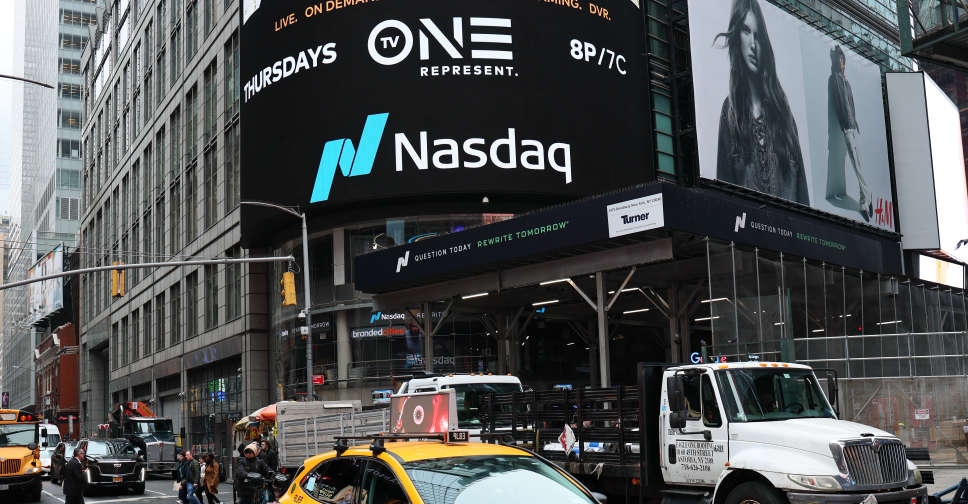
The U.S. economy expanded at a modest pace since mid-May amid “slight” price pressures and some softening in consumer spending, according to a report from the Federal Reserve’s 12 districts that lacked any sense of urgency on the need to raise interest rates soon. “The outlook was generally positive across broad segments of the economy including retail sales, manufacturing, and real estate,” according to the Fed’s latest Beige Book, an economic survey by reserve banks published eight times a year. “Districts reporting on overall growth expect it to remain modest.” The Fed’s policy-setting panel next meets July 26-27. Investors see about a 5 percent probability of a rate increase at that meeting, according to pricing in federal fund futures contracts, as officials weigh global risks after the U.K. voted June 23 to leave the European Union. Odds of a move by December were around 32 percent. “The Beige Book does not show any evidence that the Fed is going to have to act quickly in raising interest rates,” Thomas Simons, senior money market economist at Jefferies LLC in New York, wrote in an e-mail. “Public speeches in recent weeks have been preaching patience in assessing the economy and global financial markets and the Beige Book is consistent with that approach.” Fed’s Kaplan Dallas Fed chief Robert Kaplan said earlier on Wednesday that interest rates should be lifted in a “slow and patient manner.” The Beige Book, released Wednesday in Washington, summarizes comments received from business contacts around the country. It was based on information collected on or before July 1, the week following Brexit, which was cited by several regional Fed banks in the survey as a source of uncertainty among business contacts. Fed officials are weighing progress on their mandate for maximum employment to decide the timing of the next rate hike and expect that higher wages as the economy advances will feed through into an uptick in inflation, which has been under their 2 percent target since 2012. Skilled Labor “Labor market conditions remained stable as employment continued to grow modestly since the previous report and wage pressures remained modest to moderate,” the Fed said. Several districts reported “strong demand for skilled labor” and businesses faced challenges in filling positions in information technology, biotechnology and health care services. Labor Department data released earlier this month showed that payrolls rose 287,000 in June, rebounding from a weak performance in May when just 11,000 jobs were added. The Beige Book also showed scant inflation, though most districts reported upward pressure in input prices. The Atlanta Fed’s GDPNow indicator estimates that the economy grew 2.3 percent from April through June, which would make it the strongest three-month period since the second quarter of last year. While the Fed said its contacts saw “signs of softening” in consumer spending, the outlook in the months ahead “was predominantly optimistic” across most of the U.S. The Fed said manufacturing activity was “mixed” while residential real estate activity “continued to strengthen” since the previous report. Bloomberg

 UK's Jaguar Land Rover to halt US shipments over tariffs
UK's Jaguar Land Rover to halt US shipments over tariffs
 US starts collecting Trump's new 10% tariff
US starts collecting Trump's new 10% tariff
 Nasdaq set to confirm bear market as Trump tariffs trigger recession fears
Nasdaq set to confirm bear market as Trump tariffs trigger recession fears
 Dana Gas and Crescent Petroleum exceed 500M boe in Khor Mor field
Dana Gas and Crescent Petroleum exceed 500M boe in Khor Mor field
 China to impose tariffs of 34% on all US goods
China to impose tariffs of 34% on all US goods




